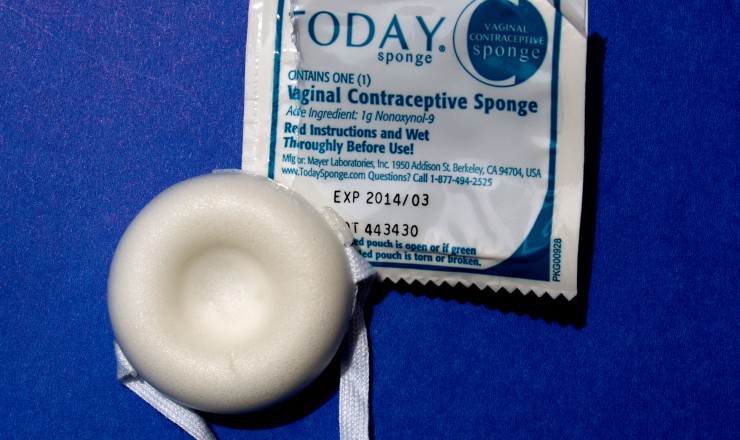Getting a Pap Test
Does the idea of a Pap test make you nervous? If you’ve never had a Pap test, you may wonder exactly what will happen. The good news is that getting a Pap test shouldn’t be painful and it is usually over in about 4-8 minutes.
There are lots of things you can do to make your Pap test less awkward and more comfortable. This page will give you the details.
For more information about the Pap test, check out Pap Test 101 and Getting Ready for Your Pap Test.
Step 1. Intake
- Before you get started, you’ll sit down with your health care provider and talk about the test. You will be asked questions about your health history, including what sexual activities you may have experienced.
- This is a good time to ask any questions you may still have about the procedure.
- This is also the time to tell your health care provider about other things such as words that you do or don’t want them to use to describe your genitals or certain places where you don’t like to be touched.
Step 2. Getting Ready
- When you have finished talking, your health care provider will tell you to undress from the waist down.
- Your health care provider will leave the room while you change.
- After you are undressed you will lie on your back on the examining table and cover your lower body with a paper sheet.
- Your health care provider will knock on the door and then enter the room.
- If the provider is male-identified, he may bring along a female-identified staff person to sit in on the session.
Step 3. Getting in the Correct Position
- When you are both ready to start the exam, the health care provider will ask you to move your bottom (butt) to the edge of the examining table.
- You will put your feet in the “stirrups.” Stirrups are cradles for your heels that help keep your legs bent and open.
- This position will help your health care provider get a good view of everything they need to check out!
Step 4. Putting in the Speculum
- During the procedure, you have the right to be informed about what’s going on and the right have things go at your own pace.
- The health care provider will shine a light on your cervix* and then insert something called a speculum into your vagina.*
- Your health care provider should warn you before doing this and ask if you’re ready.
- A lot of people find that the speculum can look a bit scary. Basically the purpose of the speculum is to gently push apart the walls of your vagina (which naturally kind of stick together when there’s nothing inside). This allows your health care provider to see your cervix, which can be found at the top of the vaginal canal.
- The speculum (which is usually made of metal, but sometimes plastic) will be warmed up and covered with lube to make putting it in feel more comfortable.
- Speculums come in different sizes, so if you have experienced pain in the past when something goes in your vagina (like a penis, a finger, or a tampon), or if you’re not used to having things in your vagina, you can request that the health care provider use a smaller one.
- You may feel pressure from the speculum but you should NOT feel pain.
Step 5. Collecting a sample of cells
- Your health care provider will use a small soft brush or swab to gently collect a sample of cells from your cervix.
- The cell sample will be sent to a lab where it will be tested to see if your cervical cells are healthy.
- After the swab is done, the speculum can be removed.
Step 6. Checking your organs
- After the speculum is removed, your health care provider will probably put two fingers into your vagina while they push gently on top of your abdomen (stomach area).
- This helps them feel your other organs to make sure they are healthy. They will be wearing gloves and using lube to make this more comfortable.
Step 7: You’re done!
- It may seem like a lot of steps, but the whole procedure should only take 4-8 minutes.
If you have questions about this topic, feel free to contact one of our peer educators. [Link]
*We know that these aren’t the words everyone uses for their bodies (eg. trans folks), and support you using the language that feels best for you.
Last Edited: May 2020






